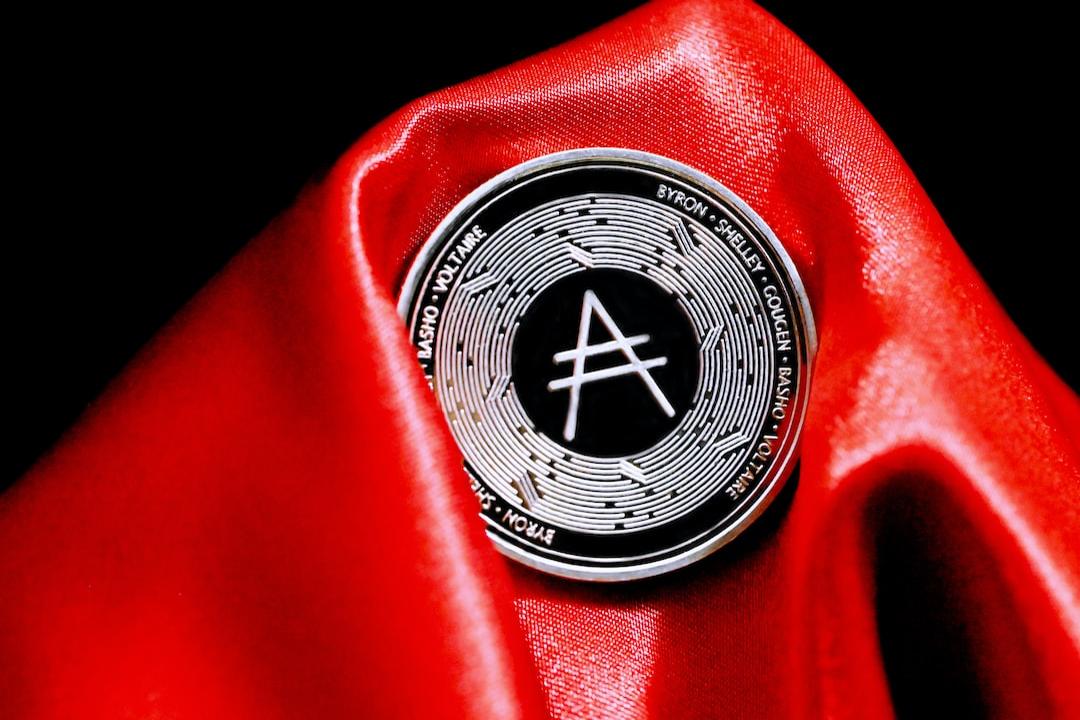Coinworld News Report:
This article explores the governance status of four leading Ethereum Layer 2 (L2) solutions.
Written by: OP Chinese Power
What is Governance and Decentralization
Decentralization is a structure of distributed control where participants are part of a decentralized network, aiming to minimize trust while ensuring the normal operation of the network to achieve its goals.
Governance is a way to achieve decentralization, using blockchain technology to drive decision-making, operations, and protocol development, typically relying on smart contracts and tokens held by participants. Next, we will compare and analyze the governance approaches of Optimism and other L2 solutions such as Arbitrum, Starknet, and ZKsync.
Optimism: Bicameral System
Optimism adopts a non-oligarchic governance system to prevent control by a single entity or a small group. This means that token holders are not the sole decision-makers for protocol upgrades, resource allocation, and innovation. Even with a significant amount of OP governance tokens, it is not easy to control the network value because Optimism adopts a bicameral architecture, with checks and balances between the Citizen House and the Token House.
Optimism Collective is an experimental governance entity, and its governance rules will be iterated as they believe long-term visions may sometimes conflict with short-term values.
The Token House consists of OP governance token holders who can directly vote or delegate their voting power to trusted representatives. The Citizen House is composed of reputable individuals within the Optimism ecosystem, with citizenship granted through soul-bound NFTs that are non-transferable. The Citizen House operates on a one-person-one-vote basis, promoting democratic processes.
The Token House is primarily responsible for protocol upgrades and project incentive voting, while the Citizen House mainly manages Retro Funding to ensure the protocol pursues long-term goals and prevents control by specific entities. The two houses act as checks and balances, with the core responsibilities of one house subject to veto by the other.
Arbitrum: DAO, Delegation, and Staking Model
Arbitrum is governed by the Arbitrum DAO, consisting of $ARB token holders who can propose and vote on network technical changes. Token holders can participate in governance directly or delegate their voting power. Arbitrum DAO recently passed a proposal to introduce $ARB token staking, transforming it from a pure governance token to a dual-purpose token. In the future, Arbitrum’s governance will be based on staked ARB tokens ($stARB). This change aims to increase the value of $ARB and enhance governance participation.
Arbitrum aims to increase governance participation as currently only about 10% of circulating $ARB is used for governance. Arbitrum DAO is implemented through smart contracts and is responsible for managing an integrated treasury system. It also has a security council that can quickly upgrade protocols in emergency situations. The security council is a crucial part of the governance structure, making decisions in these critical situations, with members elected by the Arbitrum DAO. Arbitrum’s governance structure leans towards an oligarchic model, with $ARB token holders being the main decision-makers of the system.
Starknet: Dual-Purpose Token and Virtual Governance
Starknet has a unique governance mechanism. Its base token STRK is not directly used for governance but serves as a payment token for network fees. To participate in governance, STRK needs to be wrapped into vSTRK. Only vSTRK can be used for proposal voting or delegation of voting rights.
vSTRK can be unwrapped back to STRK, but each operation incurs gas fees. Starknet adopts a “progressive governance” approach, gradually advancing decentralization. It has multiple entities and committees to guide protocol development, including the Starknet Governance Committee, Builder Committee, and Starknet Foundation.
ZKsync: Separation of Powers
ZKsync’s governance approach is based on three fundamental principles: elasticity, distribution, and mission consistency. It ensures that no single entity can fully control the protocol, promoting long-term stability and community autonomy. The system is decentralized, with decision-making distributed among three institutions: the Token Holders Assembly, the Security Council, and the Guardians.
The Token Holders Assembly consists of token holders and representatives, responsible for proposing and voting on protocol changes.
The Security Council oversees technical upgrades and has the authority to address security risks.
Guardians ensure all proposals align with ZKsync’s core values and have the power to veto improper decisions. This layered governance structure creates checks and balances, enhancing transparency, security, and consistency with ZKsync’s mission.
Governance Comparison Summary
The table above shows that Optimism, Arbitrum, ZKsync, and Starknet all retain emergency powers to implement changes bypassing governance procedures in emergency situations, which exist within the protocol’s security council. Similarly, they all have treasuries controlled by governance processes. Optimism and ZKsync have non-oligarchic governance structures, weakening the influence of economic power.
Having more governance tokens does not necessarily lead to excessive influence. Starknet has a dual-purpose token. If a staking proposal is implemented, Arbitrum’s governance token may soon have functionality beyond voting. The governance tokens of Optimism and ZKsync are currently purely for governance.
Conclusion
This article explores the governance status of four leading Ethereum L2 solutions. Optimism adopts a bicameral system with checks and balances between the Citizen House and the Token House. Arbitrum is governed by the Arbitrum DAO led by $ARB token holders, leaning towards an oligarchic model. Starknet’s governance also uses an oligarchic model, with a dual-purpose governance token and multiple committees guiding development. ZKsync adopts a separation of powers governance model.
While their degrees of decentralization vary, all protocols should strive to increase decentralization to prevent censorship and control by malicious actors. Emergency powers of the security council should be further reduced, and the delegation of governance rights to the community should be explored through innovative experiments.

